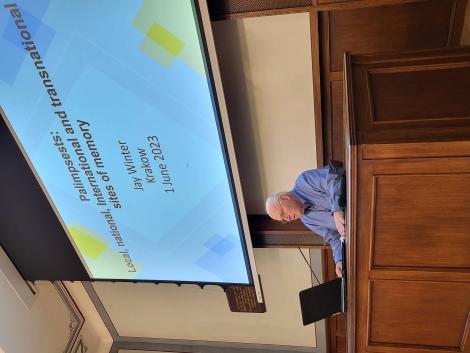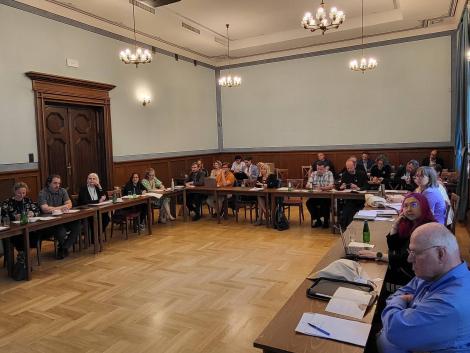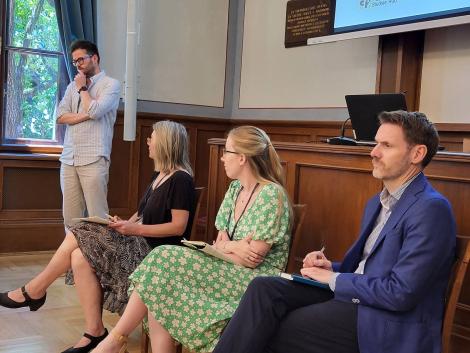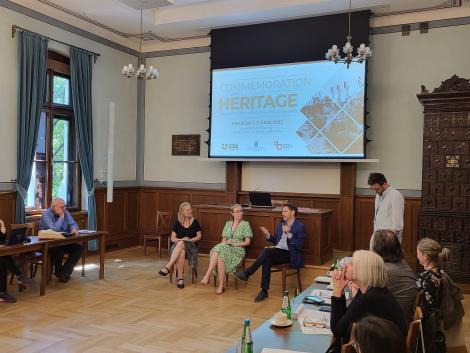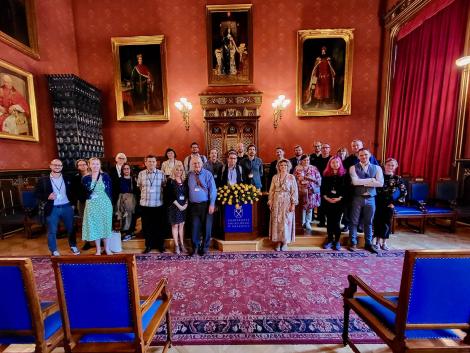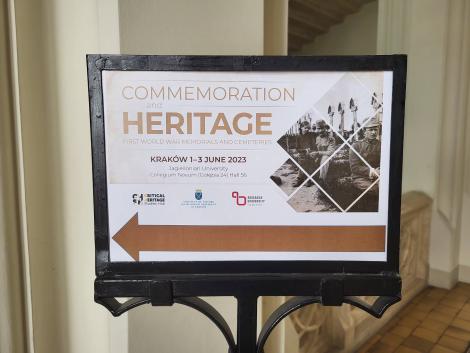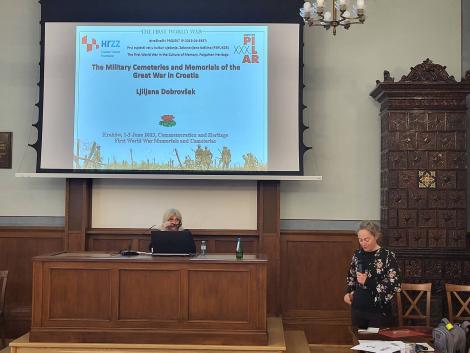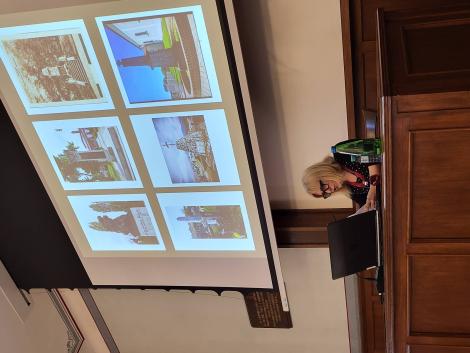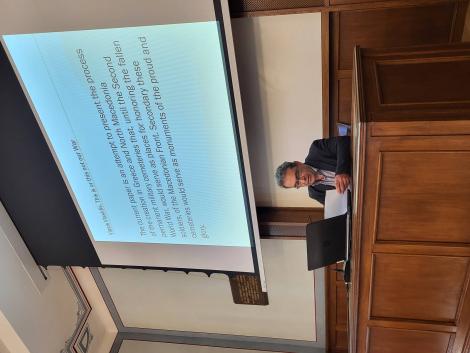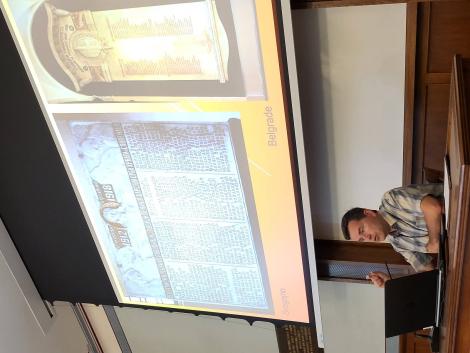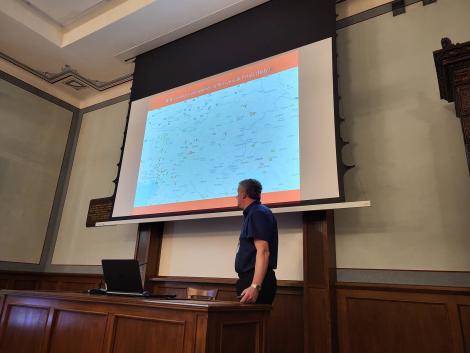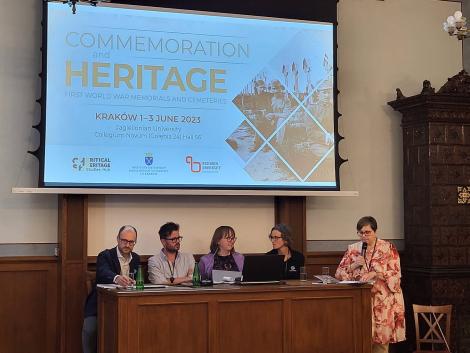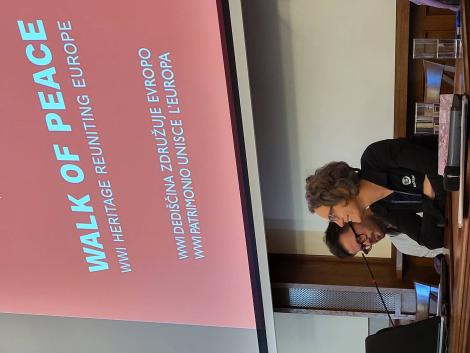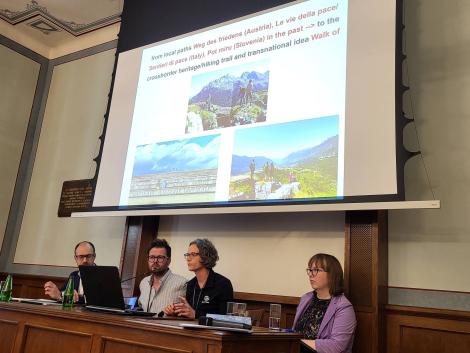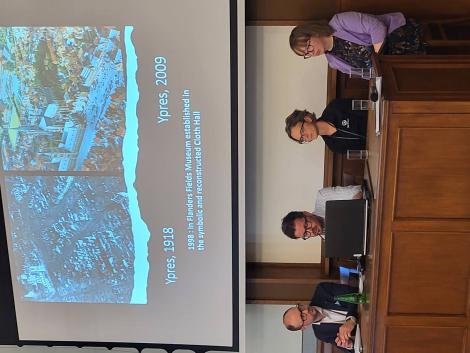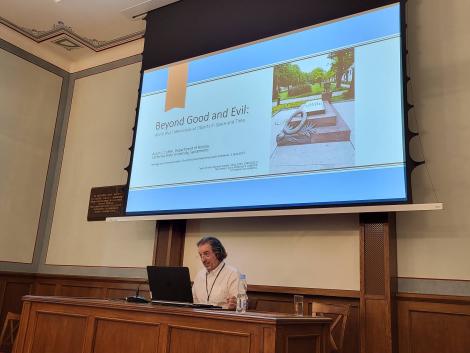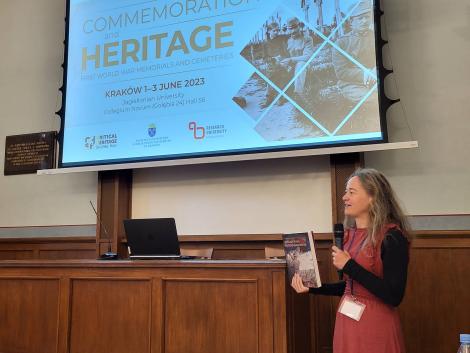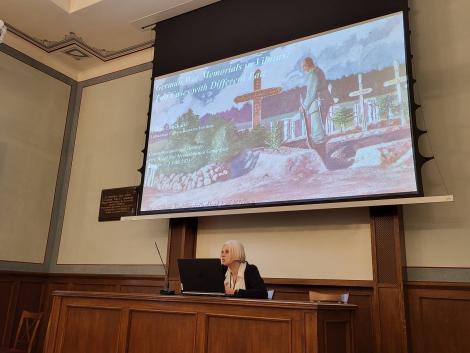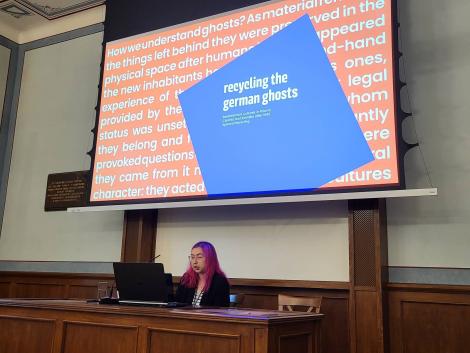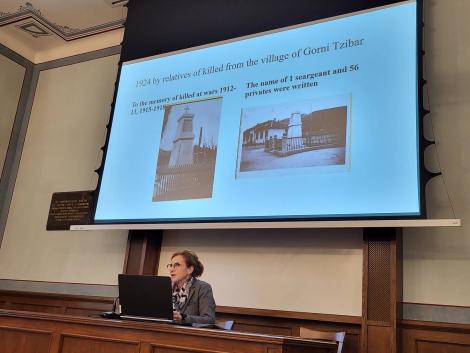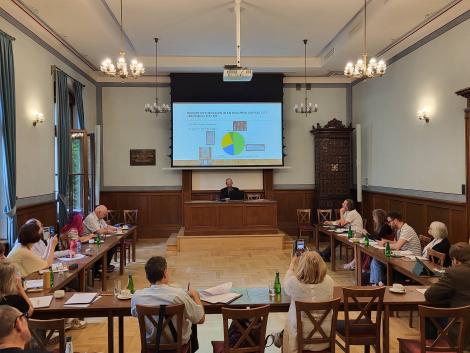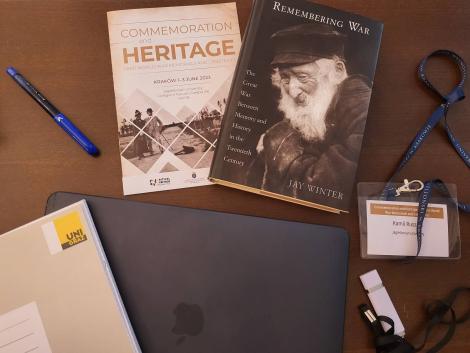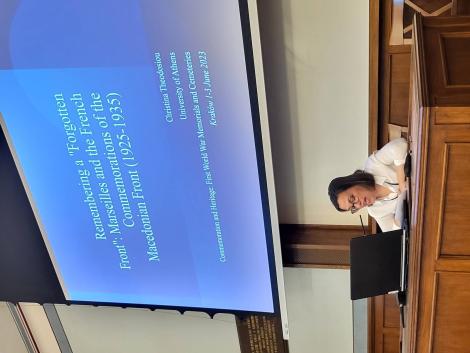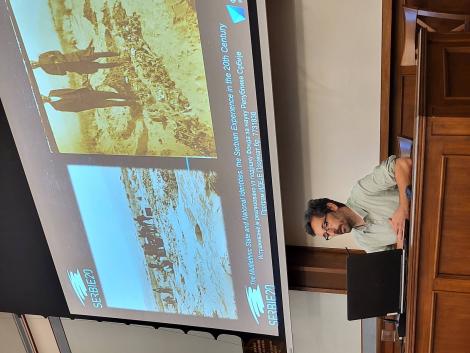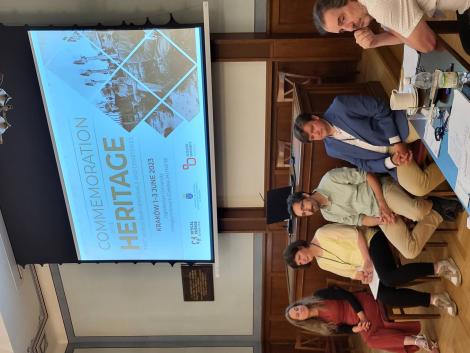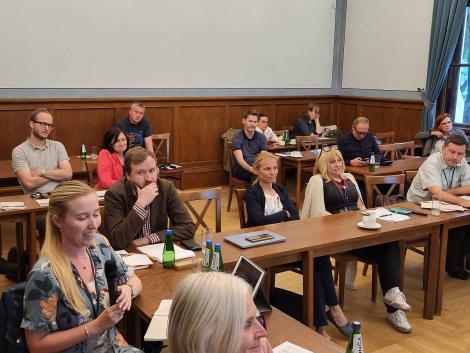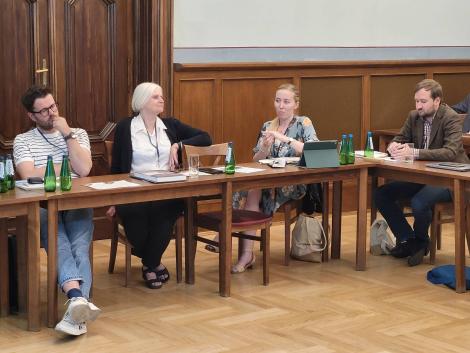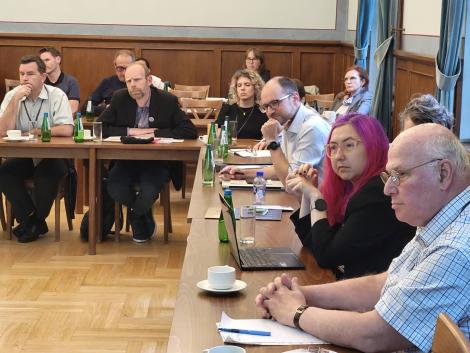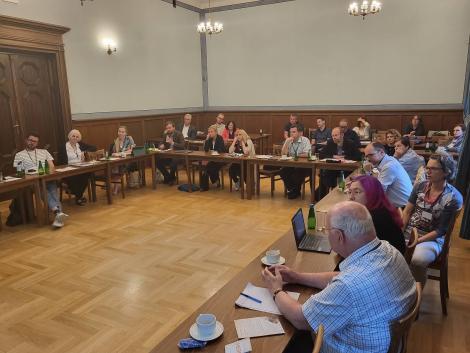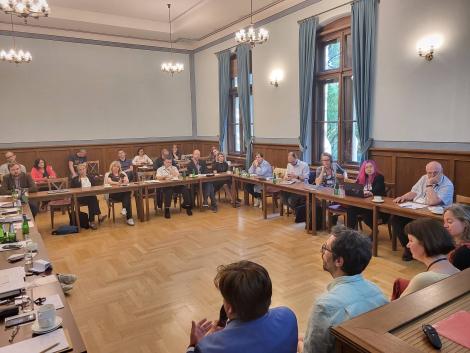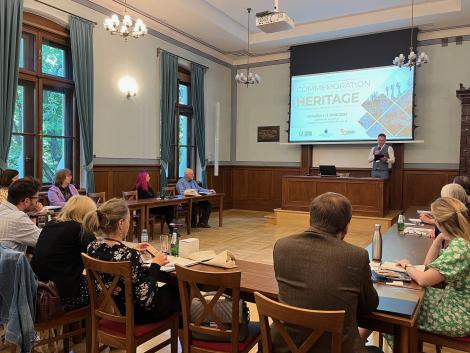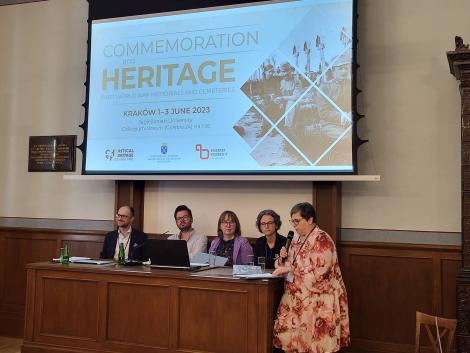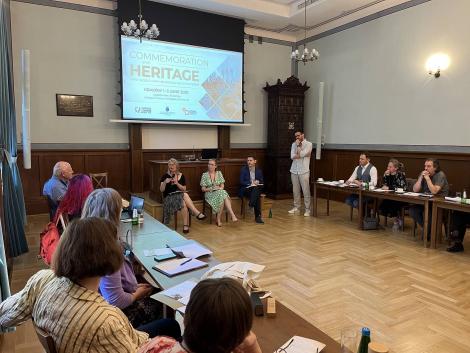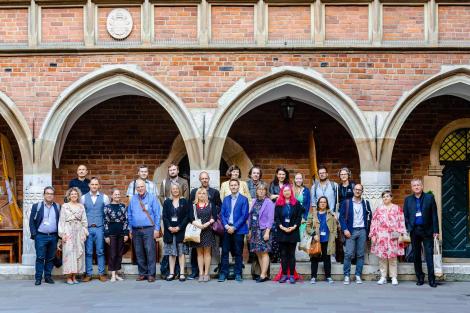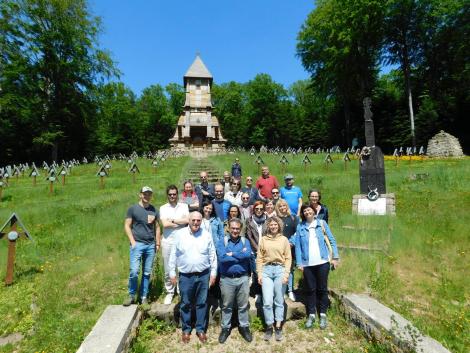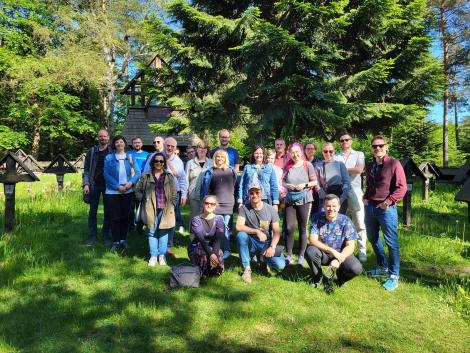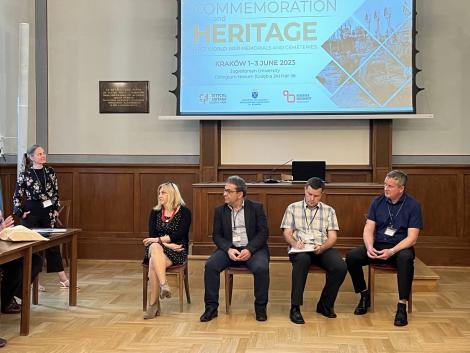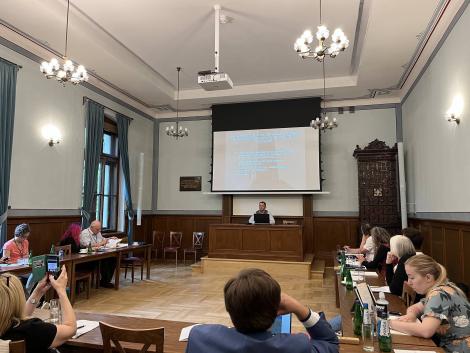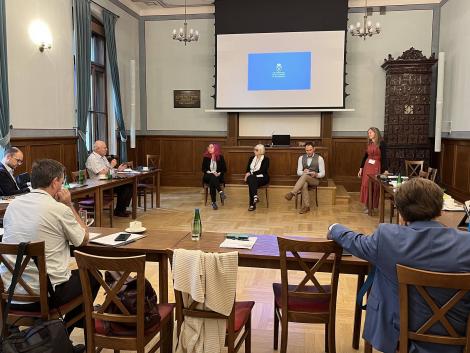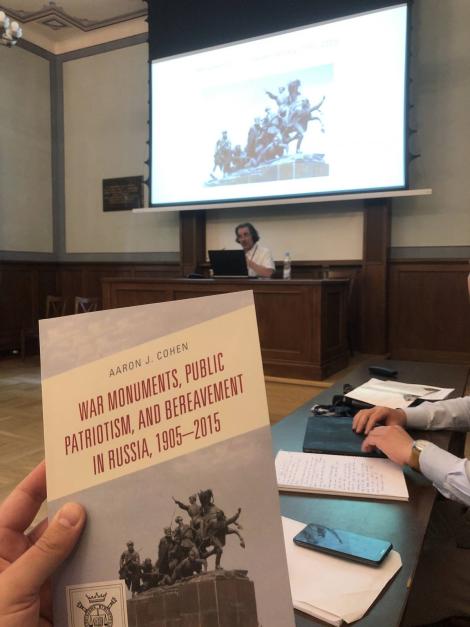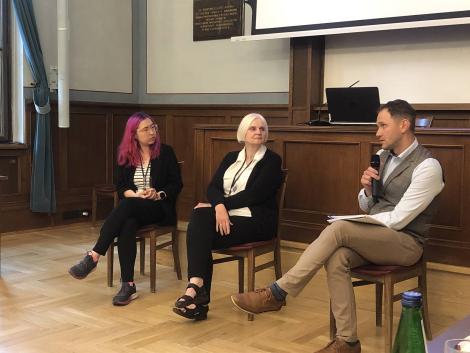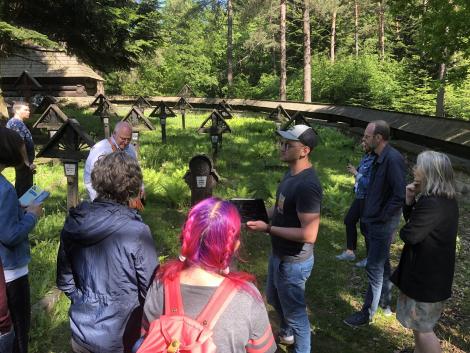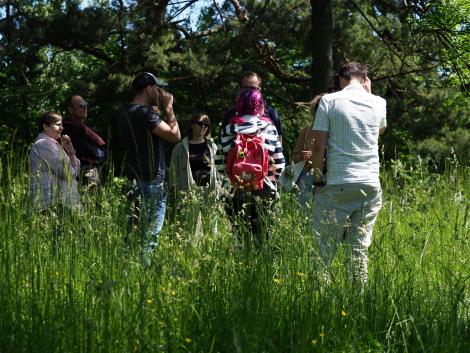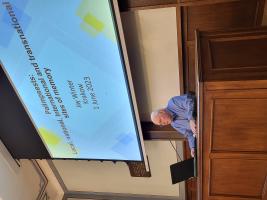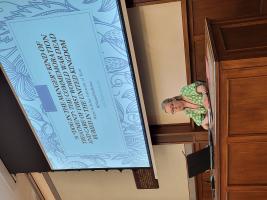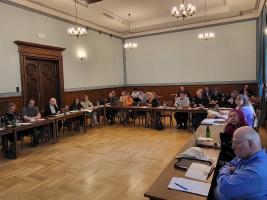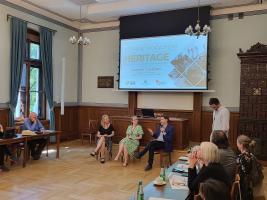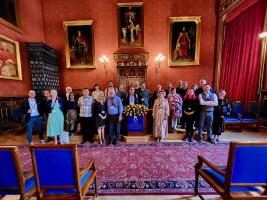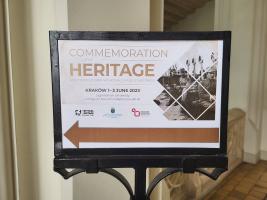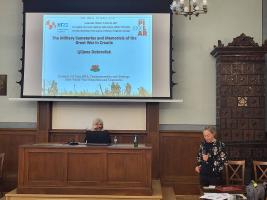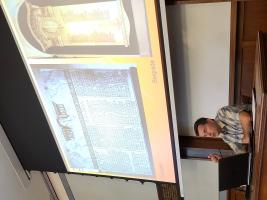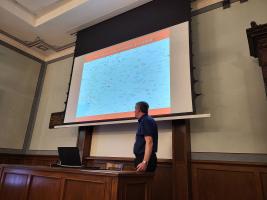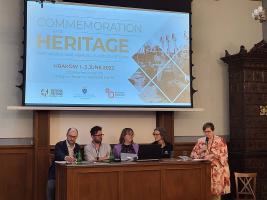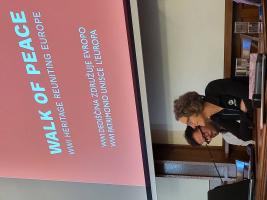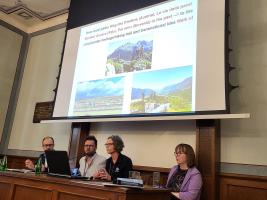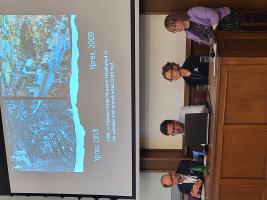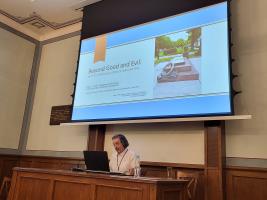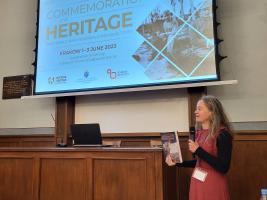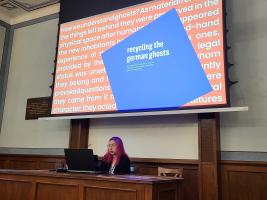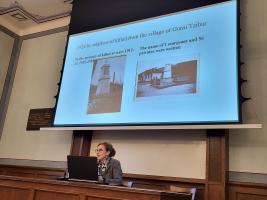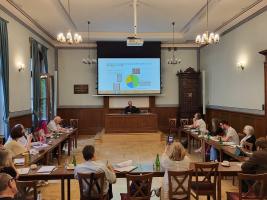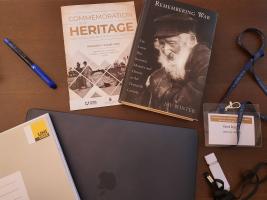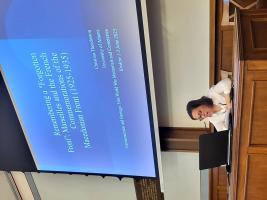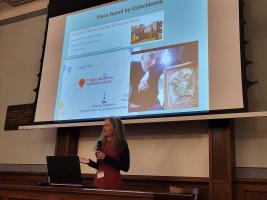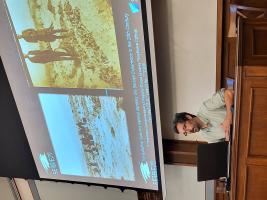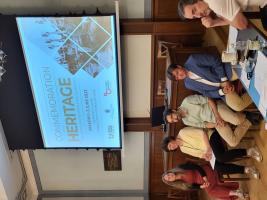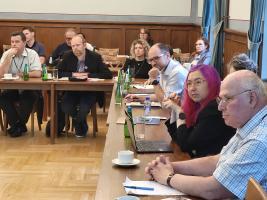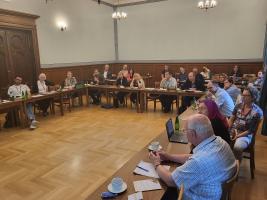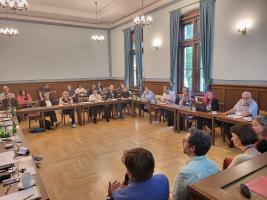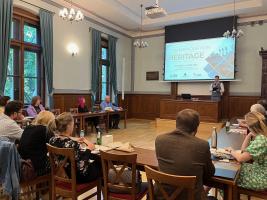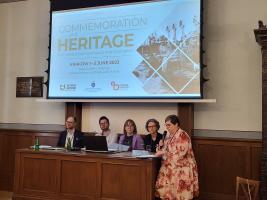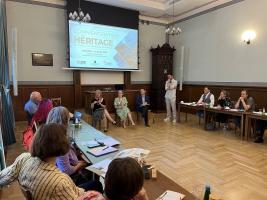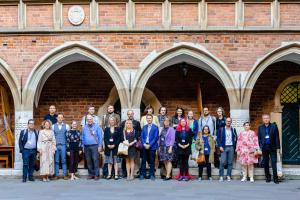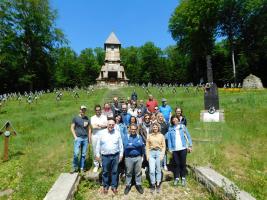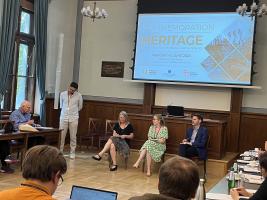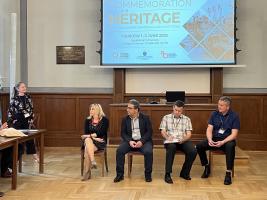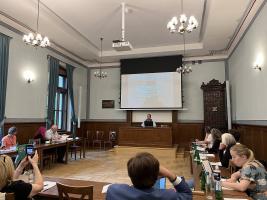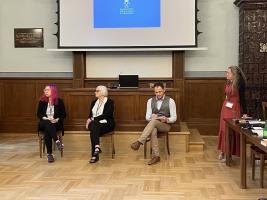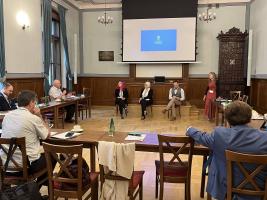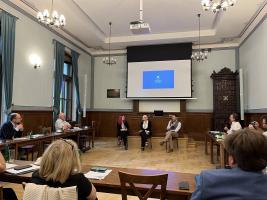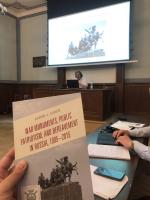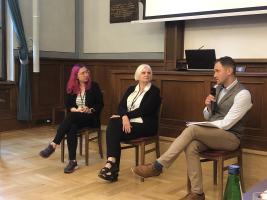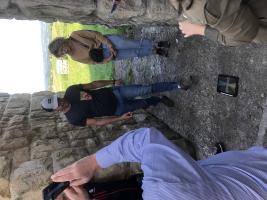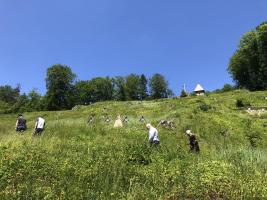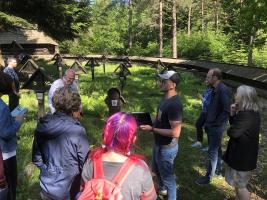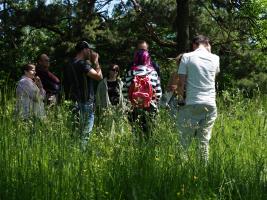Conference Report (1–3 June 2023)
From June 1st to 3rd, 2023, the Jagiellonian University hosted an international scientific conference titled "Commemoration and Heritage: First World War Memorials and Cemeteries." This conference brought together researchers from over 20 institutions representing various countries, including the USA, France, United Kingdom, Belgium, Austria, Poland, Croatia, Slovenia, Serbia, Italy, Estonia, Netherlands, Lithuania, Bulgaria, and the Czech Republic. The conference aimed to provide a platform for researchers to explore the heritage of the First World War and the commemorative practices associated with fallen soldiers in Europe.
The conference began with an opening session featuring Kamil Ruszała, who welcomed the participants, provide introductory remarks about the aim of the project and set the stage for the upcoming discussions. The opening lecture was delivered by Professor Jay Winter from Yale University: "Palimpsests: War Memorials as Sites of Multiple Memories," the lecture explored the layered meanings and diverse narratives associated with war memorials.
Following the lecture, attendees had the opportunity to network and engage in informal discussions during the coffee and tea break. The conference then continued with Panel 1, which focused on commemoration and memorials on the Western Front. Chaired by Pieter Trogh, the panel featured presentations by Edward Madigan, Megan Kelleher, and Laurence van Ypersele. The presentations covered topics such as changing narratives and meanings of Verdun, familial grief in inscriptions on war graves, and the commemoration and care of fallen soldiers in the United Kingdom.
A discussion session followed the panel presentations, allowing participants to delve deeper into the topics presented. Afterward, a break was scheduled for participants to recharge and network.
The conference continued with Panel 2, chaired by Tamara Scheer, focusing on military cemeteries and war monuments in Central and South Europe. Presentations by Ljiljana Dobrovšak, Vlasis Vlasidis, Nenand Lajbenšperger, and Mihael Uršič highlighted the significance and characteristics of war memorials and cemeteries in Croatia, the Salonika Front, Serbia, and the Isonzo Front, respectively. The panel discussion provided an opportunity for participants to share their insights and perspectives on these important sites.
Following the panel, attendees enjoyed a coffee and tea break, providing further opportunities for networking and informal discussions. The day concluded with a roundtable session on museums and representation, chaired by Petra Svoljšak. Experts such as Francesco Frizzera, Pieter Trogh, Mari-Leen Tammela, and Maša Klavora discussed the role of museums in preserving and presenting the history and heritage of war. The roundtable session fostered fruitful exchanges of ideas and experiences.
The second day of the conference commenced with an opening lecture by Professor Aaron J. Cohen from California State University, Sacramento. Titled "Beyond Good and Evil: World War I Memorials as Objects in Space and Time," the lecture challenged simplistic interpretations of war memorials and highlighted their significance in diverse contexts.
During the subsequent coffee and tea break, participants had the opportunity to interact and continue conversations initiated during the previous sessions. Panel 3, chaired by Tamara Scheer, explored the heritage of conflict and the conflict of heritage. Three presentations by Laima Laučkaitė, Kamil Ruszała, and Karolina Ćwiek-Rogalska discussed topics such as German war memorials in Vilnius, the cultural landscape of Galicia and WWI military cemeteries as conflict/contested heritage, and the recycling of German Great War memorials in Central Europe. The panel discussion allowed for a deeper examination of these complex issues.
After a break, Panel 4, chaired by Karolina Ćwiek-Rogalska, focused on public space and the politics of memory. Snezhana Dimitrova presented on memorial policy and mourning culture in Bulgaria from 1917 to 1948, while Emmanuel Debruyne explored the memory of the fallen in occupied capital cities. Christina Theodosiou discussed the French commemorations of the Macedonian Front in Marseille from 1925 to 1935. The panel discussion facilitated a critical examination of the intersection of public space, memory, and politics.
Following the panel, participants had a chance to take a break and engage in informal conversations during the coffee and tea session. The conference continued with Panel 5, chaired by Kamil Ruszała, which focused on finding the fallen and reconstructing memory. Presentations by Tamara Scheer, Damjana Fortunat Černilogar, Danilo Sarenac, and the team of Marcin Czarnowicz, Barbara Witkowska, and Martin Vojas explored topics such as turning forgotten burial places into memorials, the Javorca Memorial Church and its cultural landscape, Serbia's Great War dead and archaeology, and the archaeological perspective on Carpathian War Cemeteries.
The conference concluded with a final discussion lead by Kamil Ruszała and Jay Winter with closing remarks, summarizing the key themes and emphasizing the importance of ongoing research and collaboration in understanding and preserving the heritage of First World War memorials and cemeteries. The exchange of knowledge and ideas throughout the conference undoubtedly contributed to further scholarship and the preservation of war-related heritage.
In summary, the "Commemoration and Heritage: First World War Memorials and Cemeteries" conference provided a platform for researchers from around the world to share their research, insights, and perspectives on war memorials and commemoration practices. Through engaging panel discussions, roundtable sessions, and lectures by esteemed scholars, the conference fostered a deeper understanding of the significance of these sites in shaping collective memory and historical narratives. The knowledge shared during the conference will undoubtedly contribute to ongoing research efforts and the preservation of our war-related heritage.
On the last day of the "Commemoration and Heritage" conference, the participants took part in a field trip through Małopolska in search of WW1 monuments. The expedition through Małopolska provided the research group with a rich tapestry of war memorials, each telling a unique story of sacrifice and remembrance from a time of the First World War. As they visited the cemeteries and monuments dating back to the 1914-1915 battles, the researchers delved into the intricate details of these sites, examining their architectural styles, inscriptions, and symbolism.
The comparative discussions that ensued among the group members were thought-provoking and enlightening. They explored how different countries approach the commemoration of war and the ways in which cultural, political, and historical factors influence these practices. From grand, imposing structures to modest, solemn gravesites, each memorial reflected a distinct approach to honoring the fallen.
By analyzing the artistry and craftsmanship of these monuments, the researchers learned to decipher the messages encoded within them. The use of specific symbols, such as crosses, wreaths, or national emblems, served as visual cues that conveyed not only the collective grief but also the national identity and narrative associated with the war. Through this exercise, the group gained a deeper understanding of how war memorials can be read as visual narratives of history.
Furthermore, the discussions encompassed broader themes, including the evolving nature of war commemoration over time and the impact of globalization on memorialization practices. The researchers contemplated the challenges of preserving and interpreting these sites as they are inevitably affected by the passage of time, shifting societal attitudes, and changing political landscapes.
The expedition through Małopolska not only provided the "Heritage of War" research group with a firsthand experience of the region's war-related heritage, but it also ignited a collective passion for unraveling the stories embedded within war memorials around the world. Their insights and findings will contribute to a deeper understanding of the global significance of these sites and the role they play in shaping collective memory and historical narratives.


